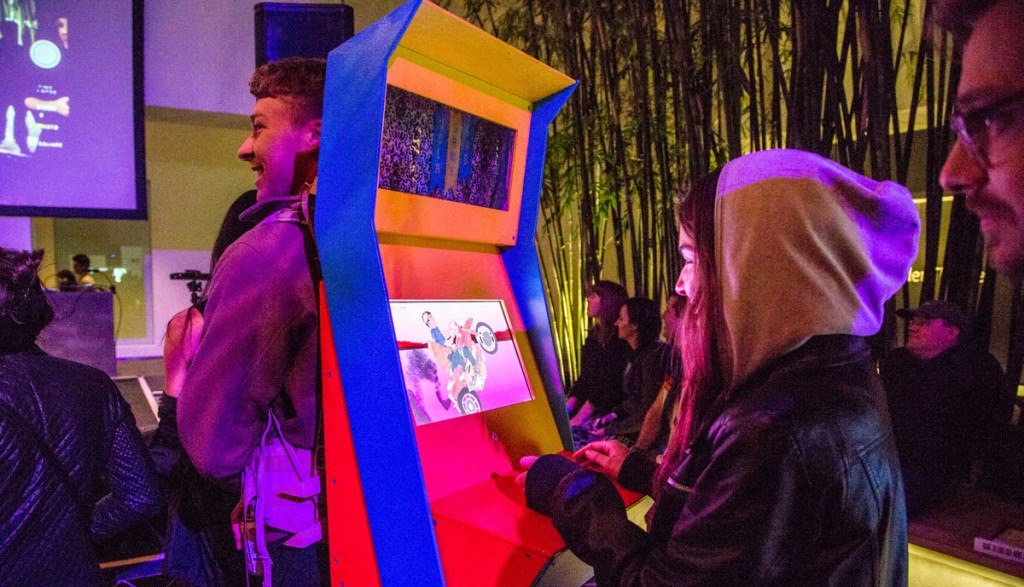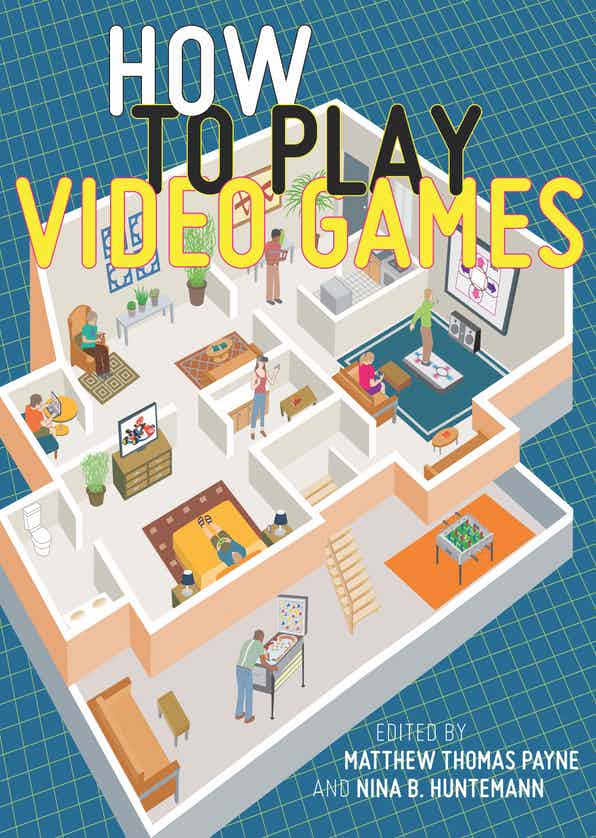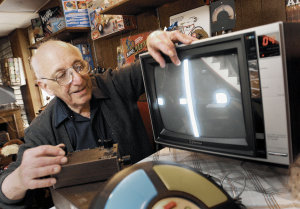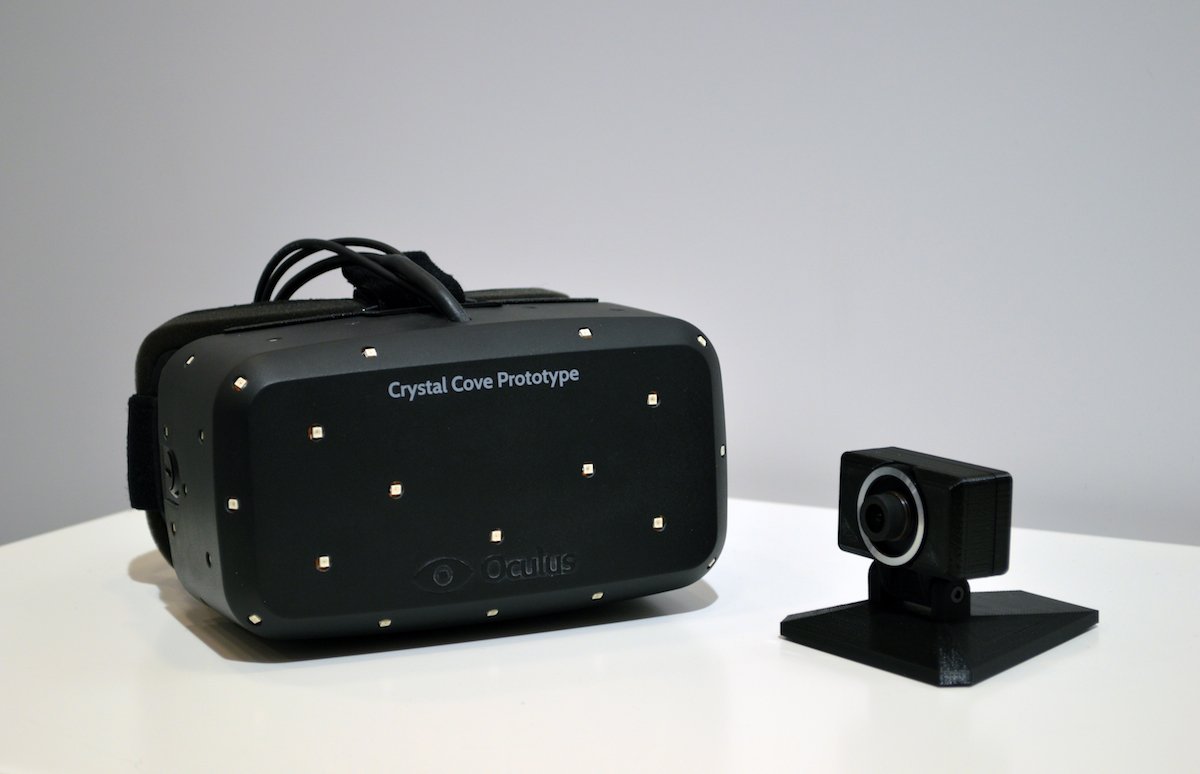Something games exhibition-related I’ve been working on (a lot!) recently…. Come join the fun 7-10 p.m. Tuesday, November 14, at the Hammer Museum. Bonus points: it’s free!

UCLA Game Art Festival returns with exciting, eclectic collection of games and game art
One night only! Tuesday, November 14, 7-10 p.m. @ the Hammer Museum
Festival to feature more than 50 playable exhibits
Videogames, tournaments, live performances, board games, screenings, and more!
Los Angeles, CA – Now in its fifth year, the 2017 UCLA Game Art Festival returns with an exciting and eclectic collection of curated games and game-based art from around the world. Presented in a playful format, the UCLA Game Art Festival will feature more than 50 digital and tabletop games, live performances, screenings, VR/AR works, and other game art installations. The festival will be held 7-10 p.m. Tuesday, November at the Hammer Museum in Westwood, CA. Admission is free.
Presented by the UCLA Game Lab in collaboration with the Hammer Museum, the UCLA Game Art Festival will feature playable digital and tabletop games, large-screen projections of game art, a curated board-game lounge, a cinema installation, live stage performances, music, refreshments, and food trucks just outside the museum. This year’s festival is curated and organized by Eddo Stern, Isla Hansen, Tyler Stefanich, and David O’Grady of the UCLA Game Lab.
As with previous festivals, the focus remains on showcasing an eclectic mix of independent, game art projects that may not otherwise reach the public. To that end, more than 1,500 people attended the last festival in 2015—an indication for Festival Director Eddo Stern, UCLA Design Media Arts professor and artist, that the event is fulfilling its mission.
“This year’s festival reflects our ongoing commitment to expanding the concept of what gaming means for many people,” Stern said. “The games we exhibit transcend conventional notions of digital gaming: many of them combine physical and digital media, employ new aesthetic language, or use one-of-a-kind controllers, to deliver political, polemical, and emotional play experiences—terrain often avoided by more industrial, mainstream games.”
One of the most exciting aspects of the festival is the live stage show, which will feature a three-hour program of games, music and live performances that explore intersections among games and theater, puppetry, and other arts. Highlights include a performance by the Future Ladies of Wrestling (aka F.L.O.W.), a live, multimedia wrestling event, and a tournament-style presentation of Gecko Ridemption, a videogame developed by artists in the UCLA Game Lab that was commissioned by Cartoon Network’s Adult Swim.
Returning to the festival is the much beloved UCLA Game Lab Arcade Backpack, our popular, human arcade machine, which will be roving throughout the festival. To double the fun, this year’s festival will feature two backpacks, both offering a rotating series of games to play throughout the evening.
Live music will be provided by the Game Music Ensemble at UCLA, a student-run orchestra, choir, and chamber ensemble dedicated to performing and celebrating original video game music. The ensemble will be performing throughout the festival on the balcony level near the board game lounge, as well as taking the main stage to conclude the festival.
Continue reading →



 planet. Therefore poverty and hunger are unworthy of it, and since we can abolish them, we must.
planet. Therefore poverty and hunger are unworthy of it, and since we can abolish them, we must. ned into gothic paranoia, corporate domination, and libertarian-tinged resistance in the science fiction of 1980s and 90s. William Gibson’s Neuromancer didn’t christen the era, but it crystallized it; and while many declare cyberpunk dead by the early 1990s, I see The Matrix as an artistic, thematic, and popular endpoint, a transition into a post-cyberpunk world. When Neo morphs from underground hacker into simulation savior, cyberpunk is no longer cyber or punk.
ned into gothic paranoia, corporate domination, and libertarian-tinged resistance in the science fiction of 1980s and 90s. William Gibson’s Neuromancer didn’t christen the era, but it crystallized it; and while many declare cyberpunk dead by the early 1990s, I see The Matrix as an artistic, thematic, and popular endpoint, a transition into a post-cyberpunk world. When Neo morphs from underground hacker into simulation savior, cyberpunk is no longer cyber or punk.
 The UCLA Game Lab (where I work as a researcher) is profiled by yours truly in the latest issue of Mediascape, UCLA’s Journal of Cinema and Media Studies. My article contemplates how the concept of adaptation—as a biological and cultural imperative—informs game design and play. A number of game lab designers and their games appear in the article, including Vietnam Romance, Classroom Aquatic, Perfect Woman, Objectif, and many others. Check out the complete article at
The UCLA Game Lab (where I work as a researcher) is profiled by yours truly in the latest issue of Mediascape, UCLA’s Journal of Cinema and Media Studies. My article contemplates how the concept of adaptation—as a biological and cultural imperative—informs game design and play. A number of game lab designers and their games appear in the article, including Vietnam Romance, Classroom Aquatic, Perfect Woman, Objectif, and many others. Check out the complete article at 